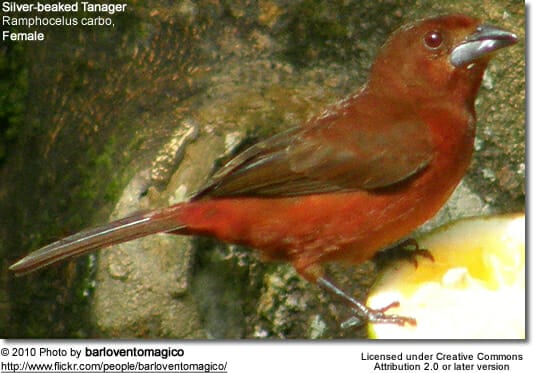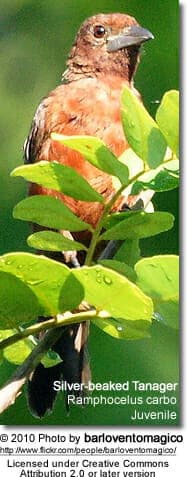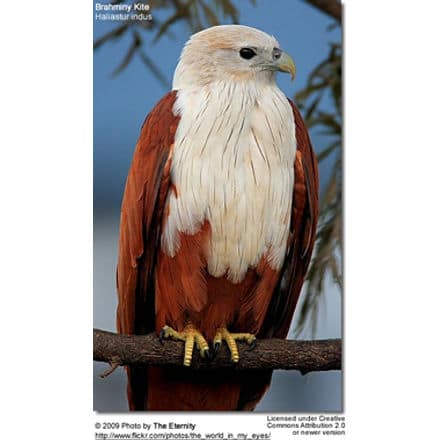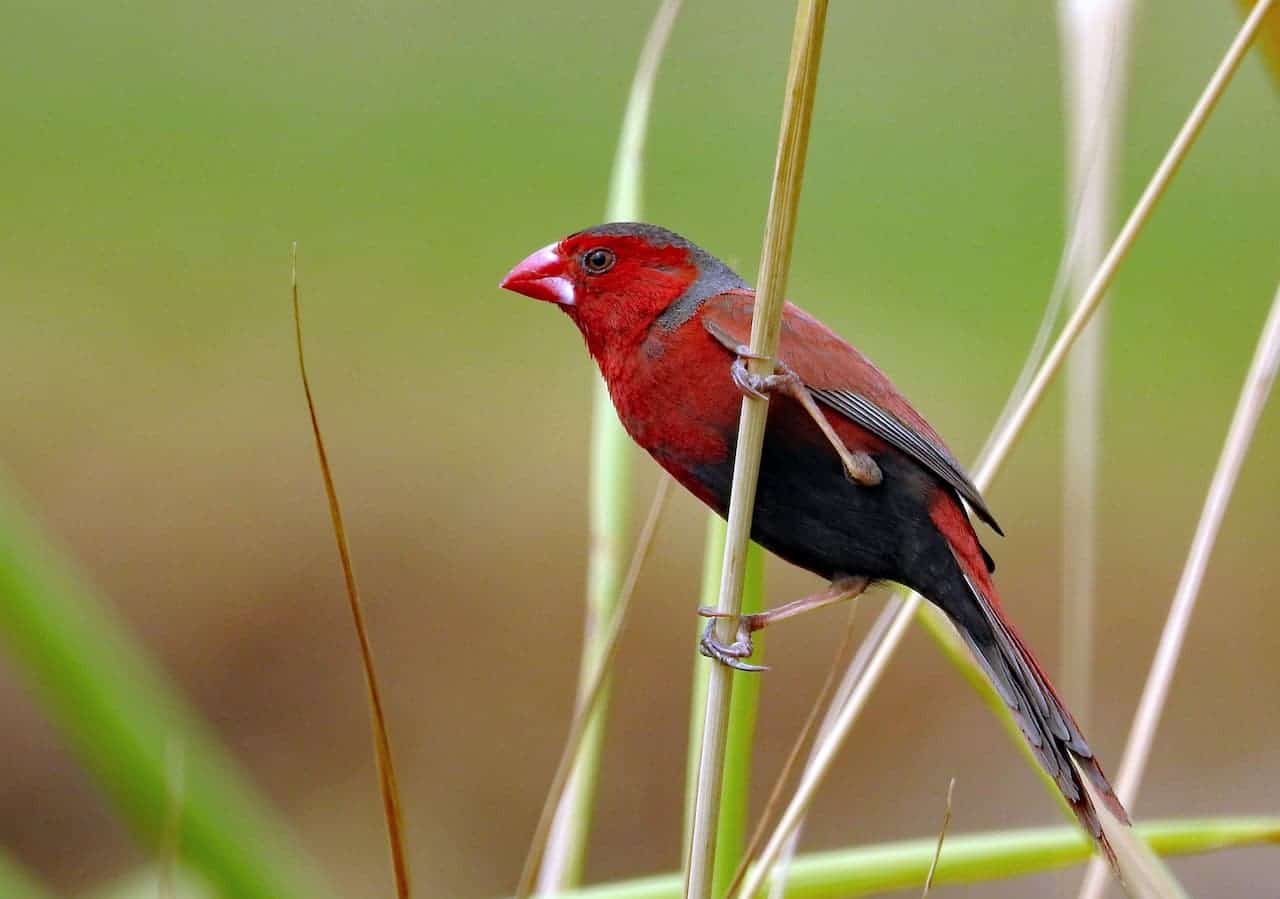Silver-beaked Tanagers
The Silver-beaked Tanagers (Ramphocelus carbo) belong to the Tanager family.
Description
They are on average 18 cm long and weigh 25 g. Adult males are velvety crimson black with a deep crimson throat and breast. The upper beak is black, but the enlarged lower beak is bright silver. The bill is pointed upwards in display.

The female is much duller, with brownish upperparts, reddish brown underparts and a black bill. There is considerable plumage variation between the various subspecies, differing mainly in the degree of contrast between the upperparts and the throat and breast.
Distribution and Habitat
This tanager‘s endemic to South America; its range stretches from Eastern Colombia and Venezuela south to Paraguay and Central Brazil. They are also found on Trinidad – the southernmost island in the Caribbean.
This species is common and conspicuous in some areas—it is said to be the bird most often heard and seen in Suriname (= country in northern South America).
It occurs in light woodland and cultivation, and are often seen in groups of six to ten.
Tanager Information … Tanager Species … Tanager Species Photo Gallery

Nesting / Breeding
They build bulky nests, usually in bushes. The average clutch consists of two green-blue eggs blotched with black-brown.
The female incubates the eggs for 11-12 days to hatching, with about the same time again before the chicks fledge.
Calls / Vocalizations
The Silver-beaked Tanagers often give calls that sound like s cheeng. Its song is a slow thin kick-wick.
Diet / Feeding
These social birds eat mainly fruit, but will also take insects, when available.






